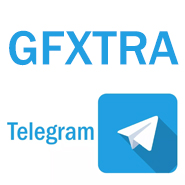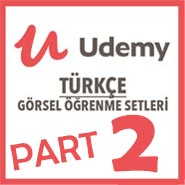
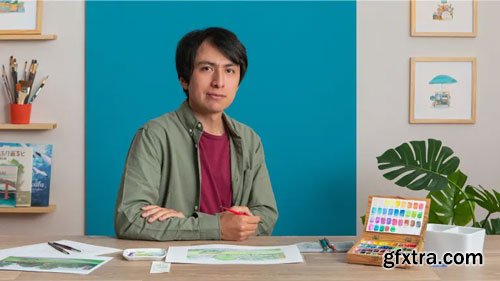
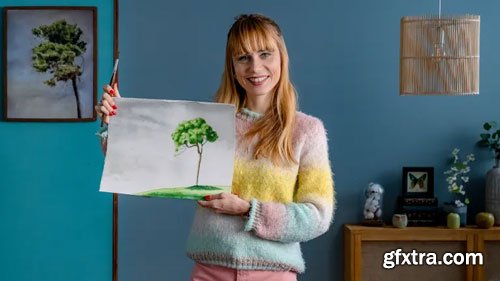
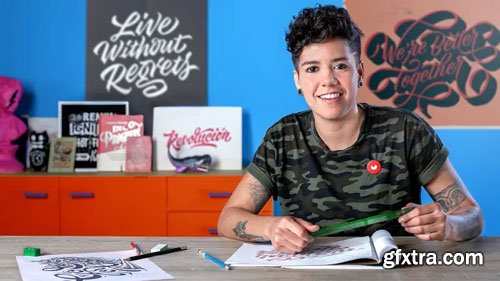
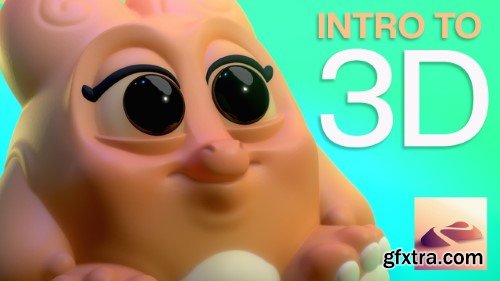
Welcome to the start of your 3D journey! It's never been easier and more accessible for anyone to start learning and creating amazing 3D art with Nomad Sculpt. All you need is an iPad, iPad Pro or Android Tablet! Some artists are even creating incredible work with their iPhones. In this course you'll start from the very beginning all the way to making a final render. I walk you through everything slowly, step by step, so anyone can follow along. This is also a great course for those familiar with 3D, but looking to learn the basics of Nomad Sculpt. 3D doesn't have to be scary anymore. I'll see you in class!
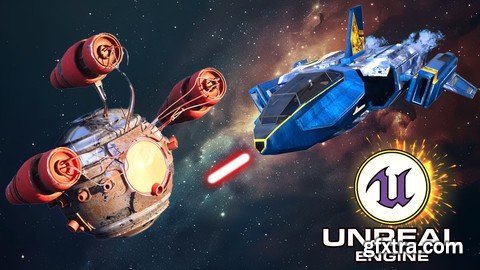
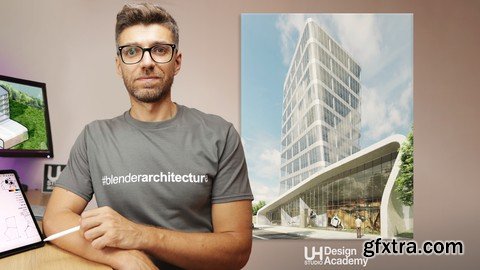
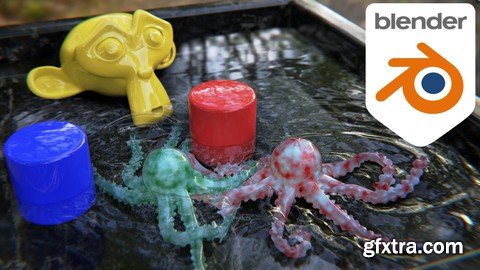
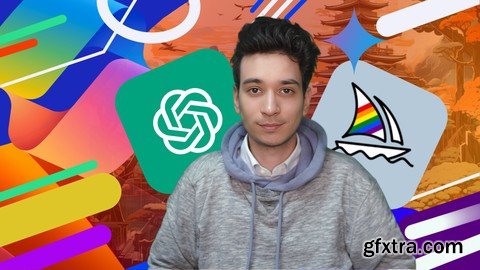
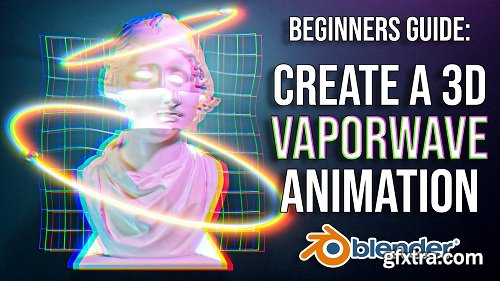
Hi! My name is Harry and I’m a professional 3d artist with over a decade of experience. I’ve worked most recently as the Studio Director of an award winning architectural visualization studio.
In this class, I’ll walk you through the simple and beginner friendly process of creating a Vaporwave style animation in Blender.
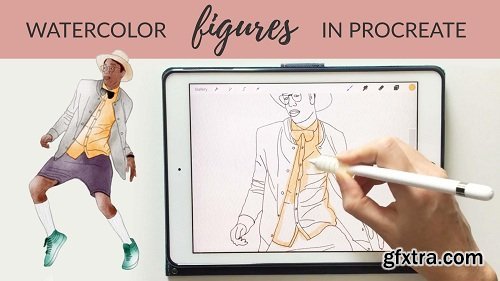
I want to show you three ways to paint watercolor figures on your iPad.
First we’ll create a simple line drawing, and use watercolors to add color to the figure. I’ll show you how to create variation and depth in the paints so your paintings look like real pigment on paper.
Next we’ll use a sketch as a guide to create a watercolor figure. I’ll show you how to add layers of darkness and highlights to the figure so it’s clear where the light source is coming from in the painting.
Then we’ll create a messy watercolor painting by painting over a photograph with loose and painterly watercolor strokes.
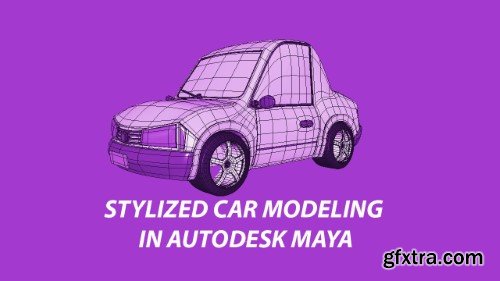
Supercharge your car design with the power of Maya! This Skillshare course is tailored for intermediate and expert artists who want to unleash their creativity and master the art of stylized car design using industry-standard software, Autodesk Maya.
some of what you learn>
- Simplified Stylistic Approache(s): Learn to create captivating stylized cars in Maya, exploring various techniques like bold outlines, exaggerated features, and fantastical elements.
- intermediate Maya Workflow: Master the fundamentals of low poly modeling, to bring your stylized car concepts to life within Maya's powerful environment.
- Portfolio-worthy Skills: Hone your artistic vision and refine your 3D modeling skills specifically for creating stylized car designs.
Why Choose This Course:
- Hands-On Experience: Get hands-on experience with step-by-step tutorials and practical exercises that reinforce your learning.
- Expert Guidance: Benefit from expert tips and tricks as you navigate the world of car modeling creation using Autodesk Maya.
- Community Support: Join a vibrant community of fellow learners, share your progress, and gain inspiration from others on the same artistic journey.
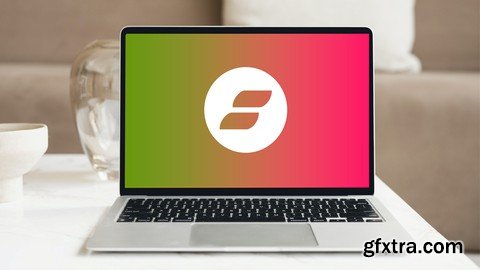
Published 3/2024
MP4 | Video: h264, 1920x1080 | Audio: AAC, 44.1 KHz
Language: English | Size: 1.80 GB | Duration: 2h 24m
Easily Build a Showit Website Start to Finish - For Yourself, For Your Business, or For Someone Else
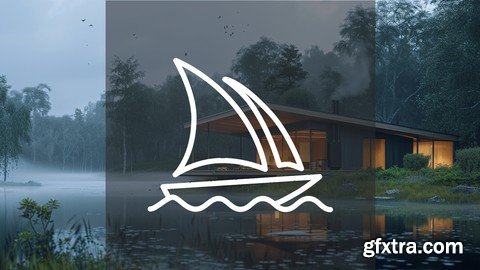
Published 3/2024
MP4 | Video: h264, 1920x1080 | Audio: AAC, 44.1 KHz
Language: English | Size: 1.29 GB | Duration: 2h 18m
Unlock the Power of Midjourney in Architectural Design and become a Master of generative AI
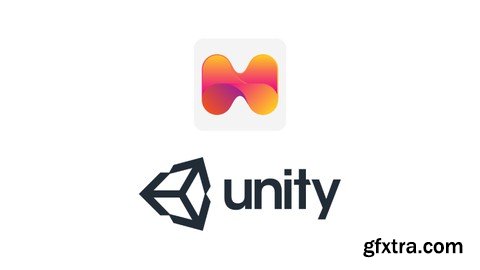
Published 3/2024
MP4 | Video: h264, 1920x1080 | Audio: AAC, 44.1 KHz
Language: English | Size: 8.96 GB | Duration: 5h 12m
Explore VFX, Lighting, Animation, Audio, UI, and various artistic skills without the need for programming knowledge.
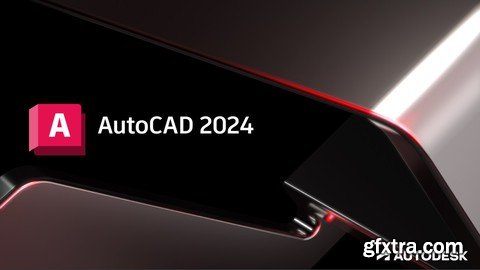
Published 3/2024
MP4 | Video: h264, 1920x1080 | Audio: AAC, 44.1 KHz
Language: English | Size: 1.69 GB | Duration: 3h 7m
Learn the Basics of AutoCAD: Learn the Basics in Under 5 Hours!
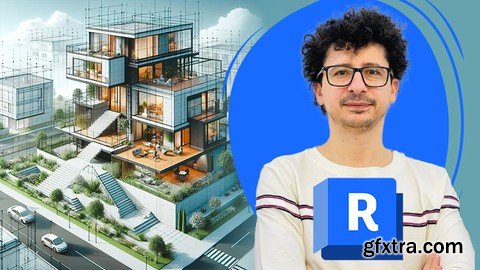
Published 3/2024
MP4 | Video: h264, 1920x1080 | Audio: AAC, 44.1 KHz
Language: English | Size: 10.79 GB | Duration: 13h 13m
Revit Architecture with High Detail 3D Modeling- For BIM and Construction + Exercise Files + Quizzes, and 24/7 Support

Published 3/2024
MP4 | Video: h264, 1920x1080 | Audio: AAC, 44.1 KHz
Language: English | Size: 32.01 GB | Duration: 28h 6m
How to Design, Model, and Render Stunning Jewelry Pieces in CAD with Rhino - Beginner to Advanced
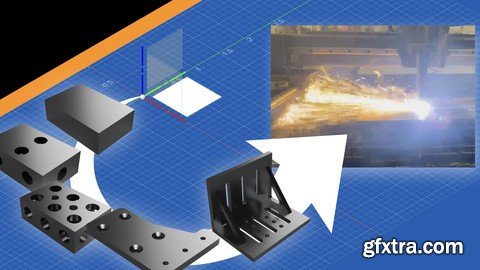
Learn along with a brand new and live student of Autodesk Fusion learning from the ground up.

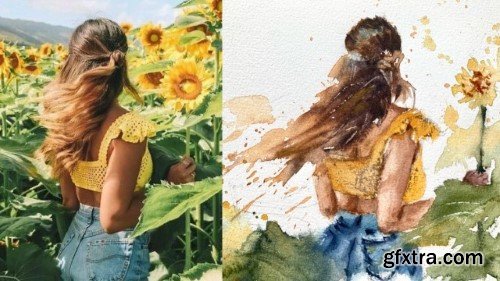
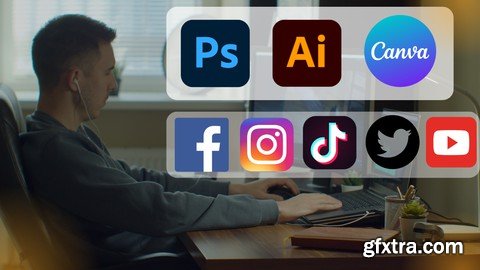
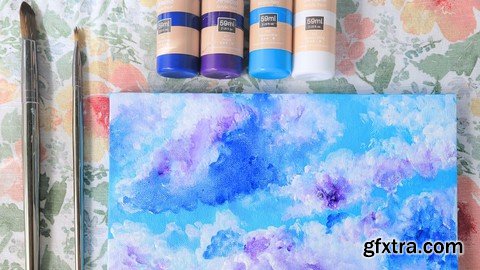
Published 3/2024
MP4 | Video: h264, 1920x1080 | Audio: AAC, 44.1 KHz
Language: English | Size: 2.02 GB | Duration: 0h 50m
How to Paint Clouds - Art Tutorial Acrylic Painting - Colorful Purple White Blue Sky Clouds - Simple Landscape




























